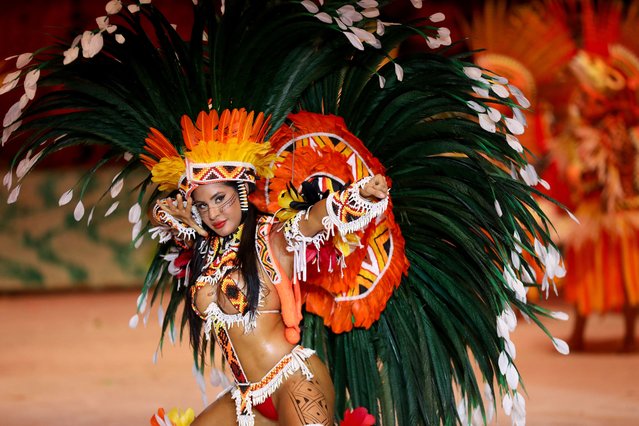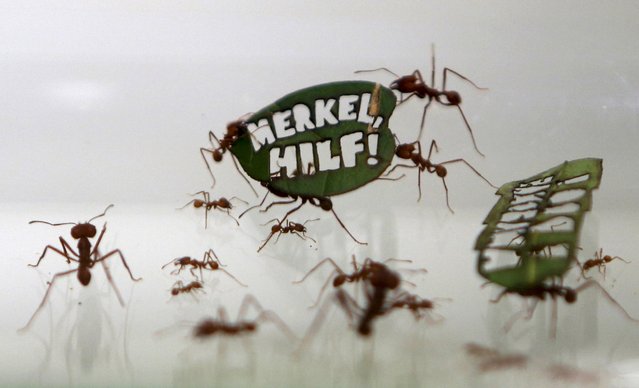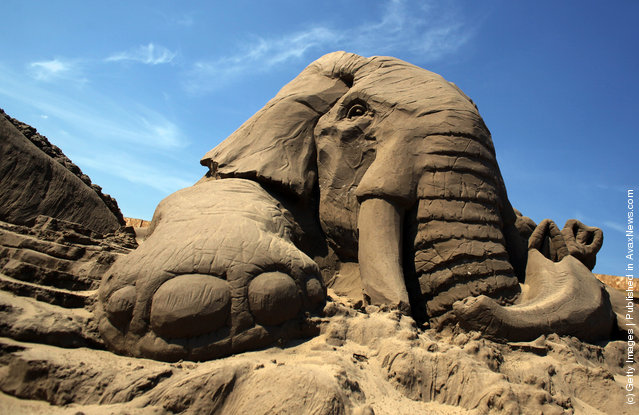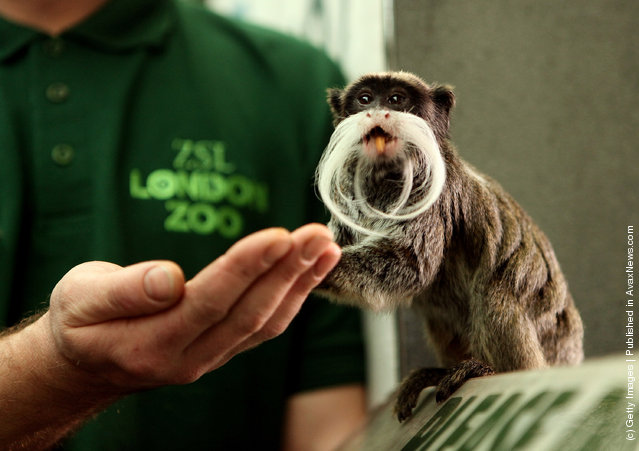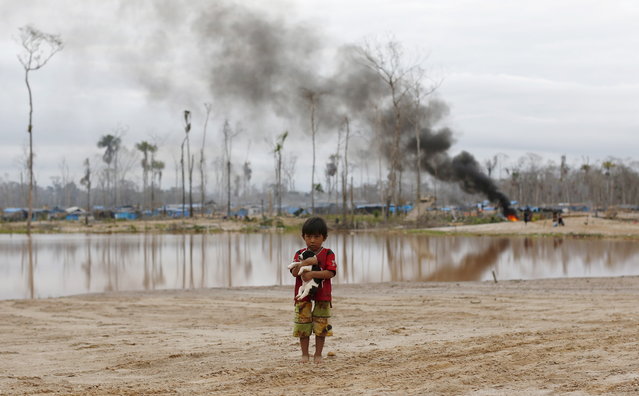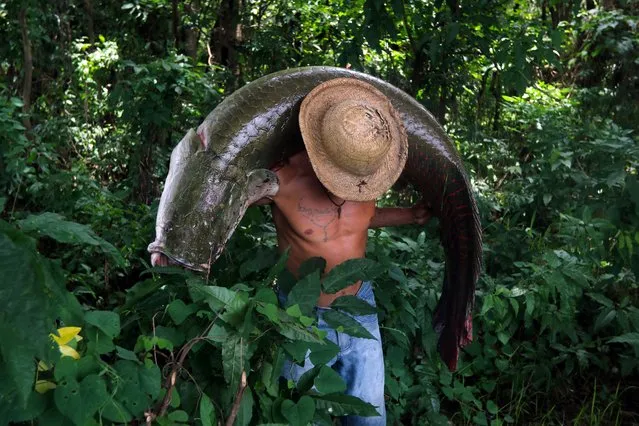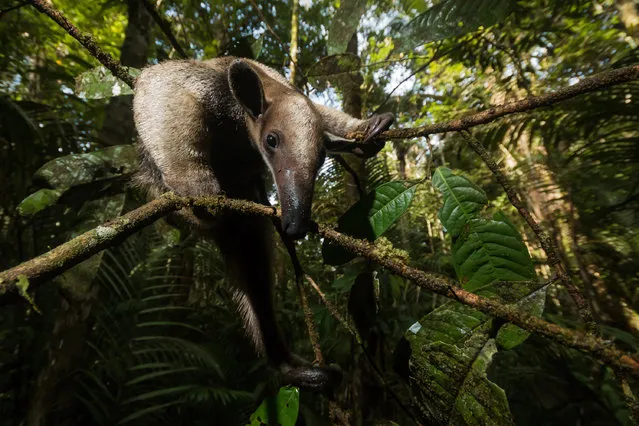
Fans of the Brazilian heavy metal band Sepultura enjoy their showo at the main stage of Rock in Rio festival 2019 at the Olympic Park, Rio de Janeiro, Brazil, on October 4, 2019. The week-long Rock in Rio festival started September 27, with international stars as headliners, over 700,000 spectators and social actions including the preservation of the Amazon. (Photo by Mauro Pimentel/AFP Photo)
07 Oct 2019 00:07:00,post received
0 comments

